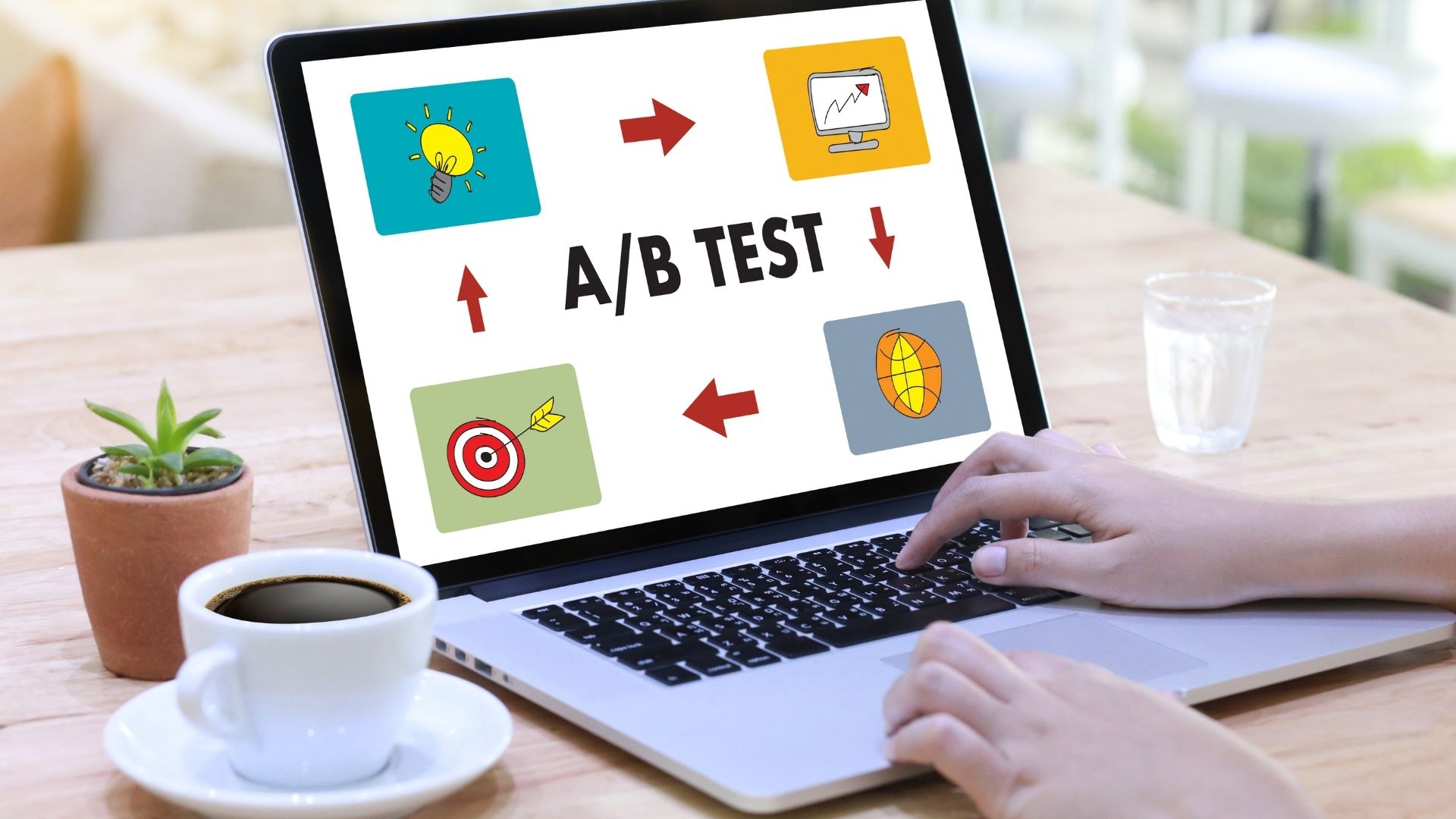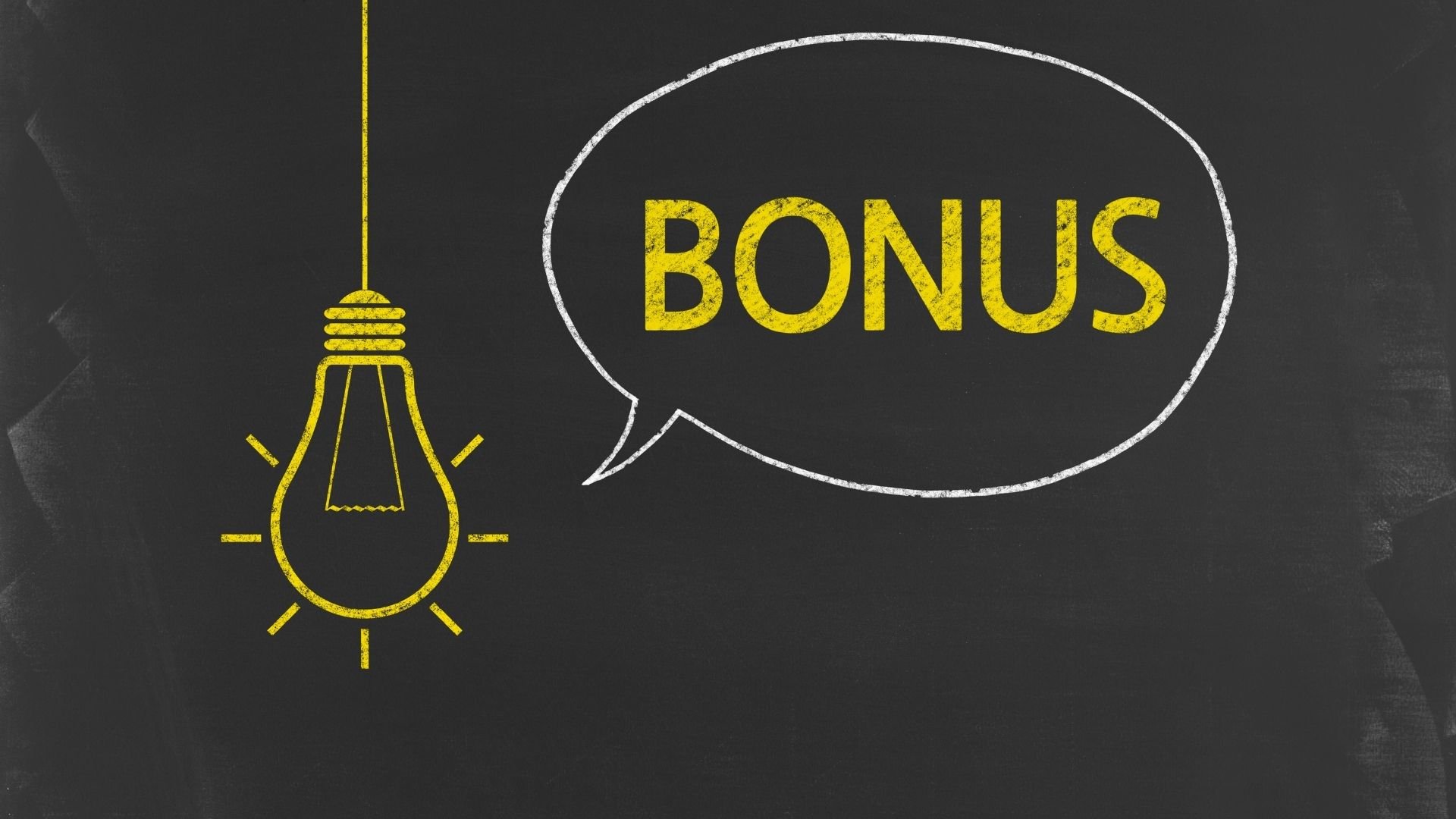With changes in how advertising is measured due to updates, advertising costs have increased. The stiff competition for customers in the digital space has also contributed to the high ad costs, with businesses now required to use more resources to acquire customers.
Of course, it’s in your best interests to keep your customer acquisition costs (CAC) low. Your business isn’t running optimally if you pay more to acquire a customer, but their lifetime value is low. This article shares helpful strategies you can implement to reduce CAC, cut reckless spending, and grow your revenue.
Let’s get started!
How to calculate your customer acquisition costs
You can calculate your CAC using the following formula:
CAC = (total spend on acquiring customers/no. of customers acquired)
The total spend on acquiring customers usually includes the following costs in most cases:
- Salaries for sales and marketing personnel
- Advertising costs (Google Ads, social media ads, sponsored content, etc.)
- Cost of the software and equipment used by the sales and marketing teams
- Agency, PR
So, if you paid salaries ($5,000), Agency fees ($2,000), Google Ads ($10,000), Facebook Ads ($2,000) and Software/equipment costs ($1,000) to acquire 500 new customers, your CAC is CAC = (5000 + 2000 + 10000 + 2000 + 1000) / 500
CAC = 20000/500
CAC = $40
When calculating your customer acquisition costs, you should do it monthly to accurately attribute revenue by the monthly cohorts rather than when a user converted. This is because you could have a free trial period, meaning it takes some time for free users to become paying customers. A month-on-month analysis allows you to properly determine your ROAS and gauge the effectiveness of your advertising efforts.

CPA vs CAC, what’s the difference?
Before we dive into the strategies you can implement to improve CAC, let’s take some time to understand the difference between CAC and CPA. While these metrics are associated with user acquisition, they capture different costs at different levels of a marketing campaign. Here’s how cost per acquisition (CPA) differs from the customer acquisition cost (CAC).
CPA is about a single campaign spend
The cost per acquisition is a campaign-level metric that measures the cost of acquiring a lead – not a customer. This could be a content download, demo request, free trial, registration, or any other form of contact information submission with intent.
Take Netflix, for example. Users who sign up for the 30-day free trial are measured using CPA. Once they pay for the first month, the company uses CAC to calculate how much it costs to acquire the user. While CPA is an important metric to track, you should be concerned with the conversion rate down the funnel stages. Depending on the nature of your business, you can sacrifice a higher CPA if the conversion to paying customers and ROAS are high.
CAC is all about total marketing spend
The customer acquisition cost measures the cost of acquiring a customer by dividing your total advertising spend by the number of new customers you have received. CAC is a vital metric to track when running a direct-response marketing campaign, but you can also use it to measure your marketing success at a business level instead of a campaign level.
Your CAC will tell you if your business will succeed or not. If your CAC is higher than your LTV (customer lifetime value), there’s no way the company will grow.
Analysis
- Company’s A CAC is $40 and their LTV is $35.
- Company A is doomed to fail unless these metrics change and they achieve a higher LTV.
Check out our blog, The Best Customer Acquisition Strategies Your Company Must Try, to learn the best strategies you should implement to acquire high-value users for your business.

6 ways to fix and reduce your CAC
If your CAC has gone above your organization’s target, you will benefit from the following strategies for lowering your customer acquisition costs.
1. Prioritize appropriate audiences
You can reduce customer acquisition costs when you deploy your marketing resources and strategies to the right audience. Most organizations make the mistake of running marketing campaigns without first defining their target audience. Without a focused target, the companies end up wasting valuable marketing resources. And when they eventually land a customer, it’s usually at a high cost.
To avoid this, you must prioritize appropriate audiences when marketing campaigns. Separate your users based on their needs and the stage of the funnel they currently are in. Provide them with unique and personalized content that meets their needs at that moment to encourage conversion and sales.

2. Fix leaks in the funnel
Brand marketing is a funnel, and at each stage of the funnel, you lose users who fail to convert to the next step. As a marketer, you want to fix leaks in your funnel to ensure your marketing resources are used optimally. If you are spending $1,000 only to acquire five customers at a CAC of $200, fixing issues in your funnel could help you convert more customers and reduce your CAC.
For example, if you’re running a social media campaign to acquire customers for your app, the sign-up rate will depend on the initial onboarding experience. By making it easy for users to learn how to use your app (making the onboarding experience more intuitive), you will capture more customers, leading to a reduction in CAC.
3. Split test creatives and landing pages
By split testing different versions of your ad creatives and landing pages, you will know which appeal to your target users. Look at the click-through rates of the other ad creatives you use to identify the best-performing units.
You should also test the conversion rates of your landing pages. Change elements in the landing page like button color or call to action and track their impact on the conversion rates. Let the A/B test run for about two weeks for you to get statistically significant data for proper optimization.

4. Specifically exclude what’s not working
When running a campaign and you realize some strategies aren’t working, exclude them immediately from your marketing plan. Don’t spend more time on a non-performing customer acquisition strategy, as this will increase your marketing spend without any tangible benefits to your bottom line. Google Analytics comes in handy when you need to identify poor-performing strategies. Check the conversion data to understand the performance of each advertising platform. When you notice that a channel doesn’t meet your performance target, you must drop it to prevent further losses.
5. Prioritize your channels
Data analysis will also help you figure out your channels. These channels have a high conversion rate when turning prospects into paying customers. You should focus on the highest-performing channels moving forward and find ways to make them even more efficient. With these channels, your CAC will always be low since they have already proven popular with your target users.
6. Experiment with affiliate programs
Lastly, consider affiliate partner programs to reduce your customer acquisition costs. Affiliate partners have close connections with their followers and can convince them to buy your products. The good thing about these programs is that you only pay the partner a commission when a customer makes a purchase based on their recommendations. This will significantly reduce your CAC since you only pay for successful purchases.
Want to experiment with influencers without the hassle of contracts, management, and complicated campaign set up? Try out Atisfyreach, the first ever real-time data-driven influencer economy that allows businesses to effortlessly scale.

Bonus: LTV/CAC: The most important and golden metric for a business health
LTV/CAC is the most vital metric to gauge the health of your business. While LTV explains how much a customer is to a business and CAC gives the cost of acquiring customers, the ratio LTV/CAC provides a holistic view of a business and helps marketers determine the effectiveness of their customer acquisition efforts.
You want this ratio to be high as it shows that your business is making more money from your acquired customers. An LTV/CAC ratio of 3 is sustainable for a company as it shows that a new customer is generating at least 3X what it costs to acquire them. On the other hand, an LTV/CAC of less than 3 indicates that you are overspending to reach customers, which isn’t sustainable in the long run.

Fixing CAC should be immediate and has to be done to avoid wasting more money. If your marketing team seems to be spending more and returning less, the team at Growth Marketing Genie can help. We will streamline your acquisition strategies to reduce your customer acquisition costs to boost success.

Book in a Free Consultation
